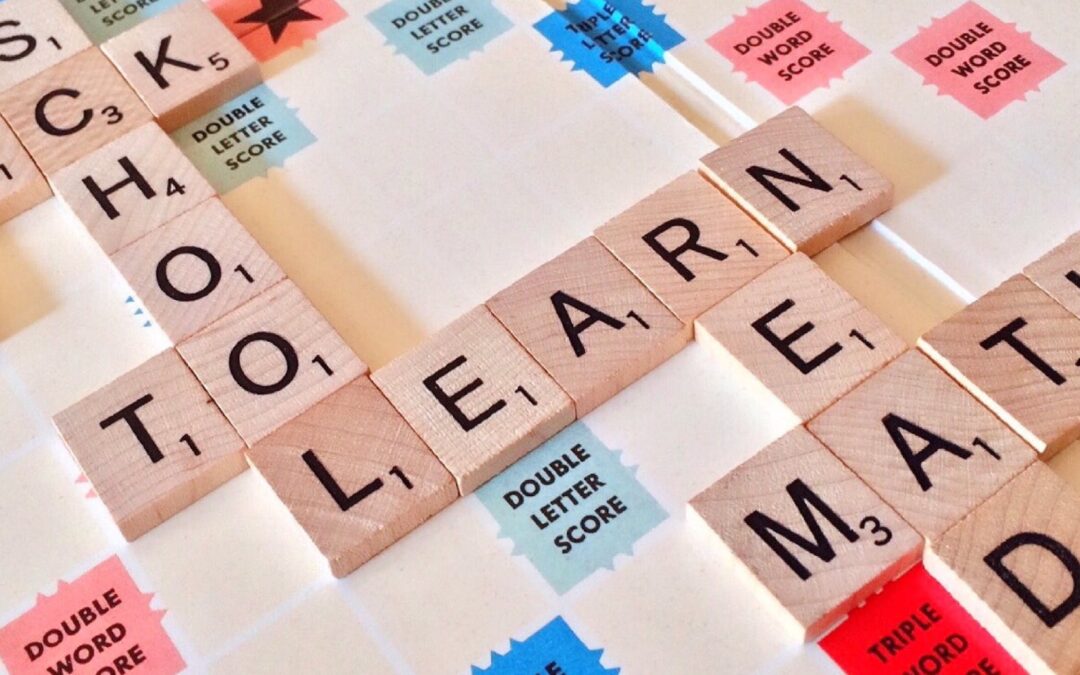Introduction
Teaching English to young learners is a challenging and rewarding activity that demands specialised skills and knowledge in order to cater for the whole child development in the classroom (Read, 2020). Teaching these types of learners entails more than a focus on language on its own. Unfortunately, there is still a lack of specialised courses among TEFL certifications that equip teachers with the tools and strategies to teach English to young learners. The course offered by the Norwich Institute of Language Education is designed to examine some principles and practices of teaching young learners from the age of 6 to 12. In this review, I explore some key components of the course, its strengths, and some possible areas for improvement.
Course overview and resources
The course content is one of the strongest aspects of NILE’s online course. It has 8 units which contain a range of topics, from beliefs about language teaching to CLIL strategies. The modules are well-structured and logically sequenced, providing a solid foundation for both novice and more experienced teachers. Some of the course highlights in each unit include:
- Beliefs about teaching young learners
- Games for language development
- Developing listening skills
- Storytelling for children
- Activities for language opportunities
- Out-of-the-school activities
- Principles of CLIL in the classroom
The course provides a valuable number of resources in the form of documents, Padlet activities, files with resources and classroom ideas. These are very practical for the teachers to implement in their classrooms as soon as possible and can be easily adapted for any group of young learners.
Collaboration and tasks

The course is well designed through different forums and collaborative tasks which allow teachers to interact with each other, share ideas and resources, and complete tasks together. This is done mainly through platforms such as Padlet and Google Docs, both of which allow effective collaboration. This not only fosters a sense of community but also enables teachers to share insights and gain new perspectives from their peers (Farrell, 2018). Moreover, the support from the tutor in those forums is a great addition to the collaborative work. Teachers receive feedback from the tutor, who not only comments on the contributions but also prompts teachers to consider their ideas more deeply.
Throughout the course, there are two live sessions as well. I found these truly valuable and constructive since the tutor summarises the key points of the content covered and allows teachers to reflect on them, share their experiences and give feedback to each other. This interactive element adds a real-world dimension to the online course format, further enriching the learning process.
There are also a number of tasks for the teachers to do, one of which involves designing language teaching materials. These types of tasks are extremely valuable as the teachers can explore different ways of creating learning materials and receive feedback from both their colleagues and the tutor.
Course assessment
Participants receive a certificate of participation upon completion of the different activities throughout the course. Additionally, there is an option to receive a grade based on one assignment. There are two choices, one is to plan a teacher training session and the other is to design a thematic unit for a specific group of young learners. Both tasks need to include a reflection task.

I chose to design a thematic unit about colours and clothes because these two topics caught my attention during the course. I designed two picture book activities and two additional tasks around them to help children practise vocabulary and reading skills.
After my tutor returned the first draft, I could easily complete the assignment as the feedback received helped me to plan the tasks in a clear and logical sequence that allows for cognitive engagement throughout the thematic unit. This iterative feedback process ensured that participants received the best possible assessment experience.
Suggestions
It would be interesting to have a couple of practical sessions built into the course in loop input style where teachers could teach a lesson to the other participants on the course and receive some feedback from tutors. This would help teachers to apply strategies and resources and see how they might work in the classroom. Participants could gain insight into effective implementation of the strategies and resources they have learned, making the transition from theory to practice smoother and more impactful.
Moreover, the course might also benefit from expanding on certain aspects of the assessment of young learners, as this knowledge is critical for effective classroom teaching.
Conclusion

Overall, the NILE course on Teaching Young Learners is a comprehensive and highly beneficial one for teachers working with young learners or planning to embark on teaching this group. The comprehensive course content, collaborative opportunities,
live sessions, and practical tasks contribute to a well-rounded learning experience.
With its robust collection of materials, practical insights, live sessions and reflective practices, it equips teachers with the tools and knowledge necessary to excel in the classroom, making it a valuable investment for those working with young learners in
English language education.
References
Farrell, T. S. (2018). Research on reflective practice in TESOL. Routledge.
Read, C. (2020). Carol Read’s 101 Tips for Teaching Primary Children. Cambridge University Press.


